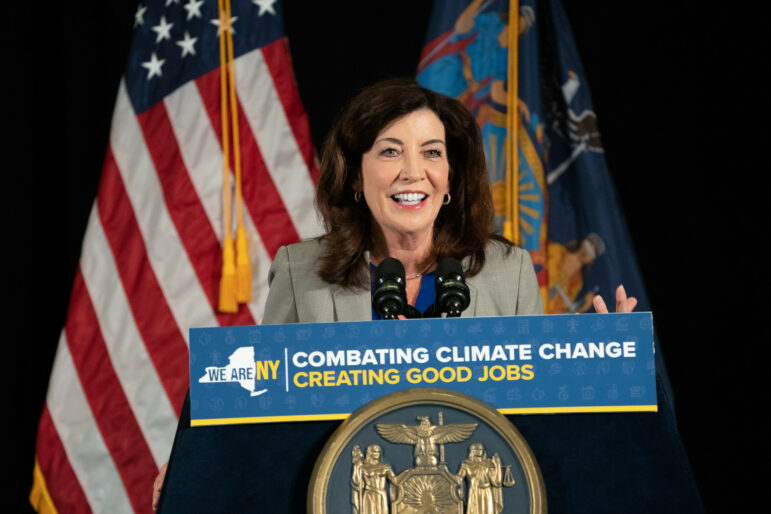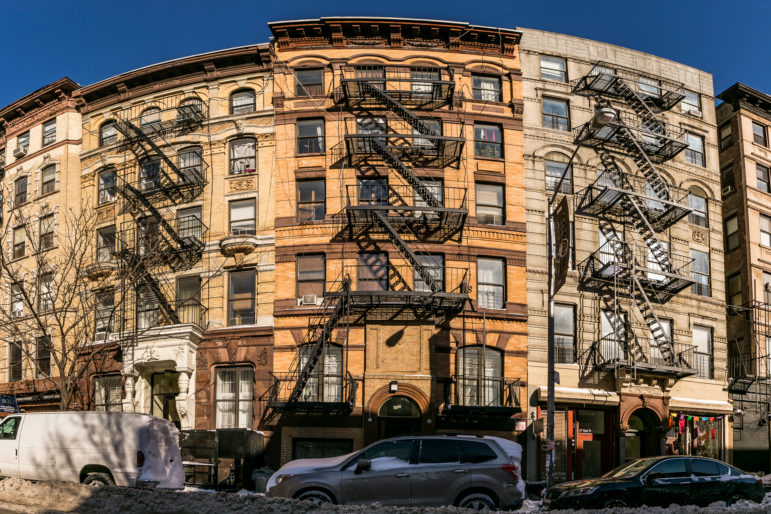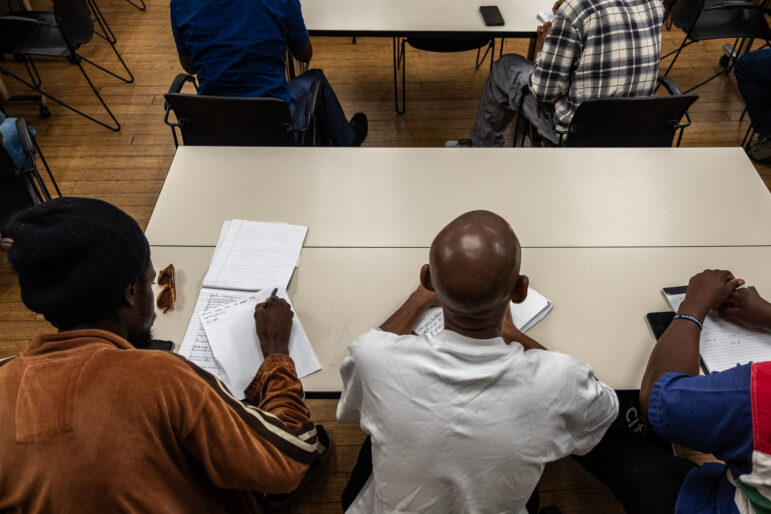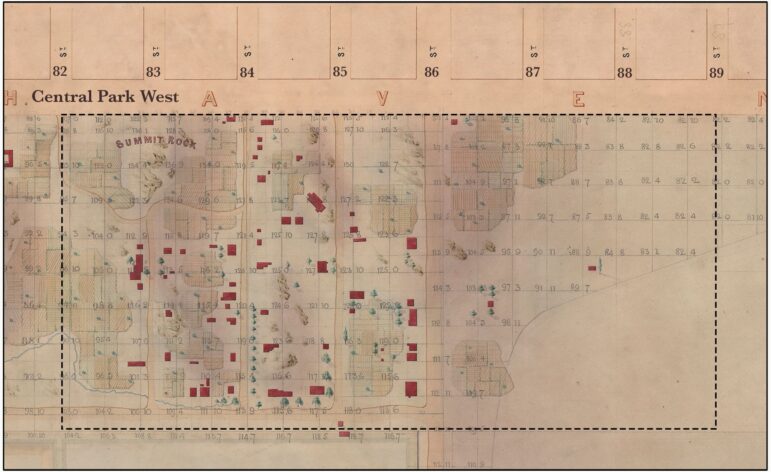
Sadef Ali Kully
Protesters at a June meeting about health, violence and a possible rezoning of Southern Boulevard.The Department of City Planning announced Thursday that it would not pursue a city-initiated rezoning of the area around Southern Boulevard in the Bronx—the second de Blasio administration rezoning effort to come to a halt in as many months.
The move was not a surprise: The idea of a Southern Boulevard study was all but rejected by local elected officials and community groups in December and January.
In an email to participants in the planning process, the DCP on Thursday wrote, “While the city is not undertaking an area-wide rezoning at this time, the draft strategies will serve as a guide to the community and property owners who may pursue land use changes.”
Neighborhood-wide rezonings were supposed to be a major part of Mayor de Blasio’s housing and development agenda. Back in 2015, the administration eyed as many as 15 areas for zoning changes to create more housing density and, with it, space for income-targeted “affordable” housing.
So far, six neighborhoods—East New York in Brooklyn, Downtown Far Rockaway in Queens, Jerome Avenue in the Bronx, Bay Street in Staten Island and the Manhattan neighborhoods of Inwood and East Harlem—have seen large-scale rezonings, although the Inwood rezoning has since been annulled by a state judge.
In January, a potential Bushwick rezoning ground to a halt after the administration and a group of local stakeholders fell out over the shape of the zoning changes to be considered.
The announcement on Southern Boulevard leaves Gowanus as the only neighborhood where a major rezoning is in the offing, although a smaller proposal on the Flushing waterfront—an area where a neighborhood-wide rezoning was shelved during de Blasio’s first term—is moving through the city’s land-use approval process. Other, smaller rezonings and land-use moves (like the controversial Two Bridges development) are still on the table.
The Gowanus rezoning is awaiting the completion of a draft environmental impact statement to trigger the start of the formal review process.
According to DCP, it plans on continuing the community engagement process in Southern Boulevard to see how to apply some of what was discovered during the community workshops to the Southern Blvd community. It plans to release “…a planning framework that documents all the hard work.”
“This document will be used to continue the fruitful discussions about how to incentivize the preservation and creation of affordable housing, support jobs and businesses, improve health, parks and public space,” the agency wrote. “In the coming weeks, DCP will release the draft document, comprised of two parts: the planning framework will summarize community input and outline goals and objectives that have emerged through the collaborative community work and draft strategies will address the goals and objectives identified through the process and create a basis for ongoing discussions.”
The city’s Southern Boulevard study area encompassed the Crotona Park East and Longwood neighborhoods and covers Southern Boulevard between the Cross Bronx Expressway and East 163rd Street including the Bronx River and Crotona Park.
According to the Department of City Planning (DCP), the study covered more than 130 blocks and hosts 60,000 residents and 17,000 existing residential units. Most of the residential buildings are one- or two-family homes, multi-family walk-ups and multi-family elevator buildings.
In the 1960s, the area deteriorated after the city, under planner Robert Moses, demolished thousands of tenements to construct the Cross Bronx and the Sheridan Expressways. Between 1970 and 1980, it was also one of the communities worst hit by the Bronx arson crisis when 15,000 housing units were lost to fire in Crotona Park East.
The plan to study the Southern Boulevard area for a rezoning emerged after New York State decided to convert the Sheridan Expressway from an underused expressway into a pedestrian-friendly boulevard after decades of advocacy from local groups. The construction of the future boulevard is underway and will cost an estimated $75 million.
In 2018, DCP revealed results from a community survey which showed that the primary concern in the area, from 973 individual comments since November 2016, expressed by 23 percent of respondents, was streets and transportation. Fourteen percent said it was retail and business; 13 percent, housing; 12 percent, parks and open space; 10 percent, community and diversity; 8 percent each for security and for health, and 7 percent for youth programs, according to the survey.
In December, community groups such as the Southern Blvd Coalition said they were against the rezoning but wanted to conduct their own community planning process. And in January, local Councilmember Rafael Salamanca, who would have to give his approval vote for the rezoning to move forward, wrote a scathing opinion letter in City Limits saying “Neighborhood rezonings are directly responsible for displacing thousands of residents of color in primarily low-income communities.”
ᐧ











2 thoughts on “De Blasio Admin. Says There’ll be No Southern Boulevard Rezoning”
Now cancel the ill-advised and poorly planned St. George rezoning.
“Neighborhood rezonings are directly responsible for displacing thousands of residents of color in primarily low-income communities.”
No. Stop repeating this myth.
A rezoning could bring additional units, reducing displacement.